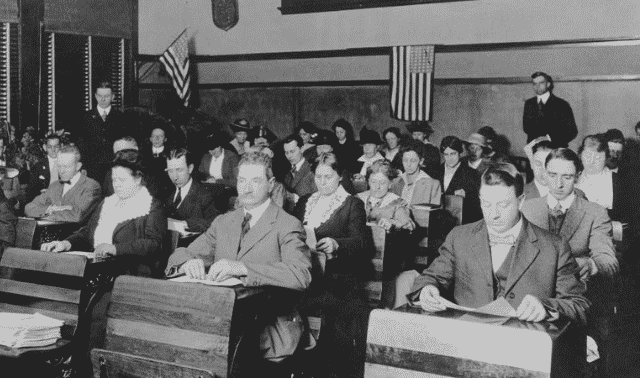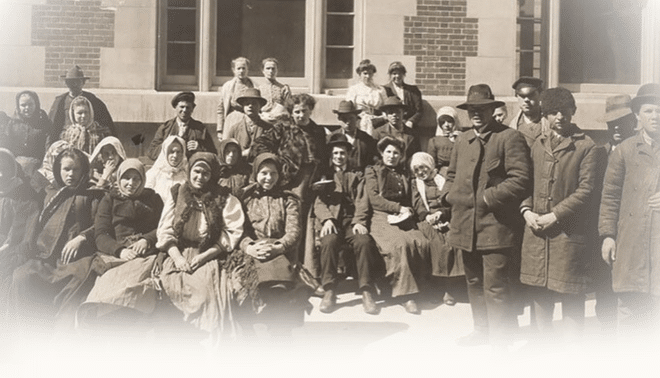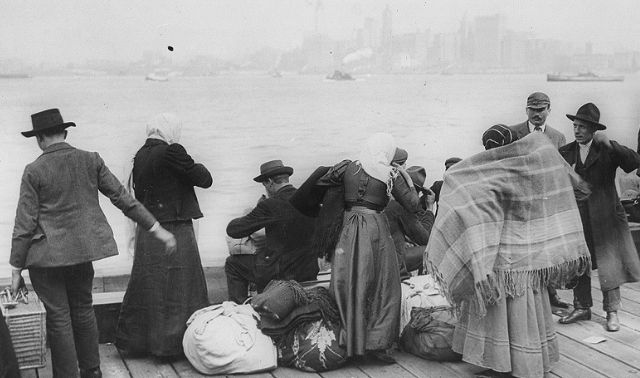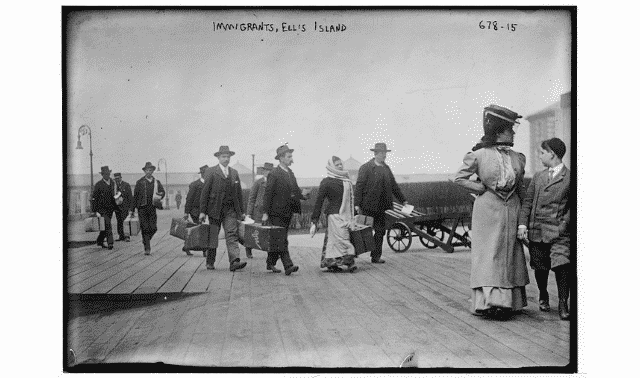
After you’re familiar with the steps of the naturalization process, you’re ready to hunt down your forebears’ records. Begin searching the FamilySearch Wiki for Online Searchable Naturalization Indexes and Records, which has links organized by state.
Where to find pre-1906 records
Before 1906, your ancestor could go to any courthouse to become a citizen-he could even begin the process in one court and finish it another. Check municipal, county, state and federal courthouses where the immigrant arrived or settled. Many of these records and the indexes have been microfilmed.
In the FHL’s online catalog, do place searches for the state and county (city, too, if it’s a large urban area), then look under Naturalization and Citizenship. City, county, regional or state archives also could hold your ancestor’s records.
How to get post-1906 naturalizations
Although courts had to file copies of naturalizations with INS after 1906, USCIS isn’t the first place to look for your ancestor’s records. Begin with the FHL, doing the same type of search as for pre-1906 records. Fee-based websites Footnote and Ancestry.com have collections of naturalization records worth searching, as well.
Then try the National Archives and Records Administration (NARA). NARA’s regional facilities hold naturalizations from federal courts; you can learn more about each branch’s holdings on the web site archives.gov/locations and in the December 2005 Family Tree Magazine. (Note that NARA’s Washington, DC, headquarters has naturalization records only from federal courts in that city.)
As a last resort, send a Freedom of Information/Privacy Act request using Form G-639 to the USCIS National Record Center. If the person is still living, you’ll need to provide notarized permission to obtain the records. If your ancestor was born less than 100 years ago, you’ll need to provide proof of death. The first 100 pages of the file (if only!) will be copied for free. After you send your request, forget about it. Seriously-it can take several months to get a response.
Additional documents to look for
Besides a declaration and petition, your ancestor could’ve generated a few other types of records during the naturalization process. Between 1906 and the early 1940s, INS created certificates of arrival: When an immigrant applied for citizenship, officials would check the ship’s manifest to verify legal admission.
If INS was able to find the arrival record, the agency would then issue the certificate and send it to the court where the alien applied for citizenship. If your ancestor has a certificate of arrival, it should be on file with the naturalization record. It will list the port of entry, the date and the name of the ship.




